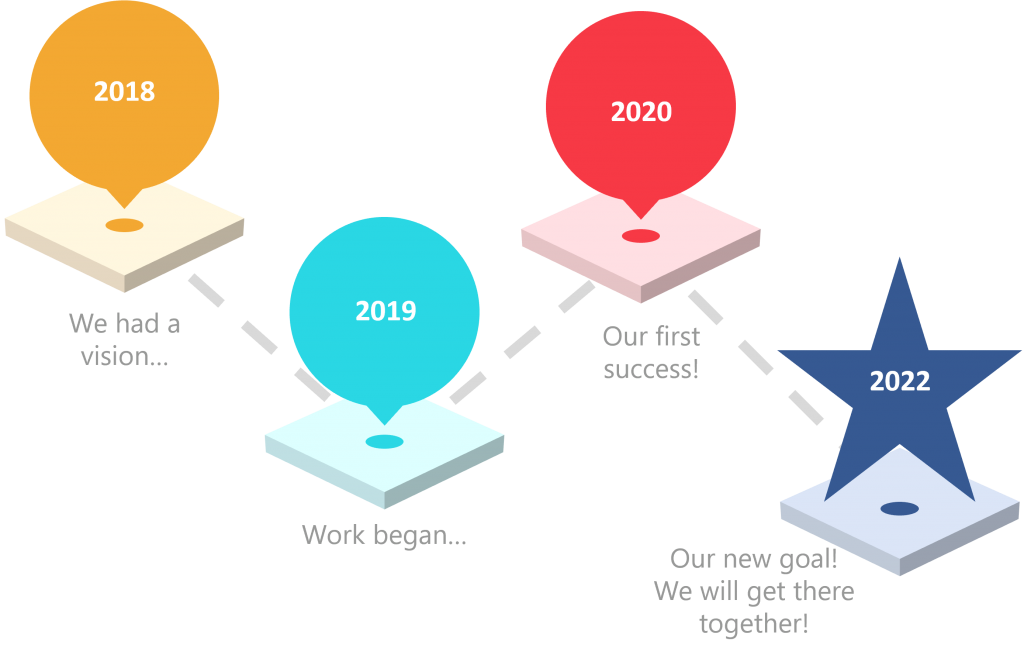First our flights, then the latest James Bond movie, then my parent’s new home. Delayed. Whether because of COVID or construction problems, no one likes to wait, but wait we must.
It’s a rare occasion when a big project is completed on time. Delays are more common than news about the Kardashians.
What does that mean for your project? The main concern about delays is a loss of momentum and credibility. Delay indicates failure. Something went wrong that leadership could not fix. Pushing out a timeline means a loss of momentum just as we have people looking forward to the change. We wait to deliver the bad news.
But is it really that bad? Yes, waiting is painful, but being left in the dark is worse.
This is how to communicate a delay.
Get the Timing Right
Tell them later. When a delay is announced, people tend to slow down if the new completion date is unknown or far in the future. Therefore, wait until you have a decent revised plan in place so you can get people pointed at a new target and communicate that a sense of urgency is still needed.
Tell them now. If people are working themselves to exhaustion, signal a delay right away so that they WILL slow down. Recovery from burnout takes much longer than recovering from a few long days. In fact, you may advise taking time off to recharge before re-engaging the project.
Give Them the Details
Your delay message must include:
1. A Reason
Be as transparent as possible while considering credibility. I never convey details about mistakes that have been made, but it is appropriate to identify:
- Technical issues (supply chain issues, coding challenges). “Despite the expertise on our team, we have run into a few challenges that have proven particularly difficult.”
- Resourcing issues (need more help or expertise). “We all recognize the strain on the business as we aim to keep on top of our daily tasks while also supporting this project. We can’t overtax our people and are arranging to get more help.”
- Scope and risk issues (complexity of trying to do everything on the list). “We could hit our committed date, but the risk of problems is increasing, and that’s not acceptable to put on your shoulders.”
Connect it with their self-interest. “No one likes dealing with a defective product. There are still significant issues to be addressed and we want to put our best efforts into your hands.”
2. An Apology
Since no one likes a delay, say so! “We’ve been looking forward to putting the new system in place for a long time. We’re sorry for the delay. We want to get there as much as you do.”
3. A Plan
Yes, people are now questioning whether leadership knows what they are doing. If you want to calm nerves and establish credibility, have a clear plan to the finish line. Let them know how you are using the additional time. And build in some buffer!
Your new target could be a specific date, month, or even a quarter if there is great uncertainty. “We are aiming to deliver in Q3 and will firm up our dates over the next 60 days.”
Pro tip: Numbers convey certainty. Estimates are always preferred over, “We don’t know.” Psychologically, we need a target to drive towards. It decreases uncertainty and stress.

4. A Narrative
Every change needs a storyline that connects the dots from present to future. While you have everyone’s attention, remind everyone:
- What has already been accomplished,
- The importance of the goal, and
- How the program will deliver benefits for staff, customers, clients, community, and beyond.
Delays happen. No one likes to wait, but getting the message right can increase the anticipation. A properly handled delay can make arrival even more enjoyable.
Thoughtfully yours,
Jeff Skipper



